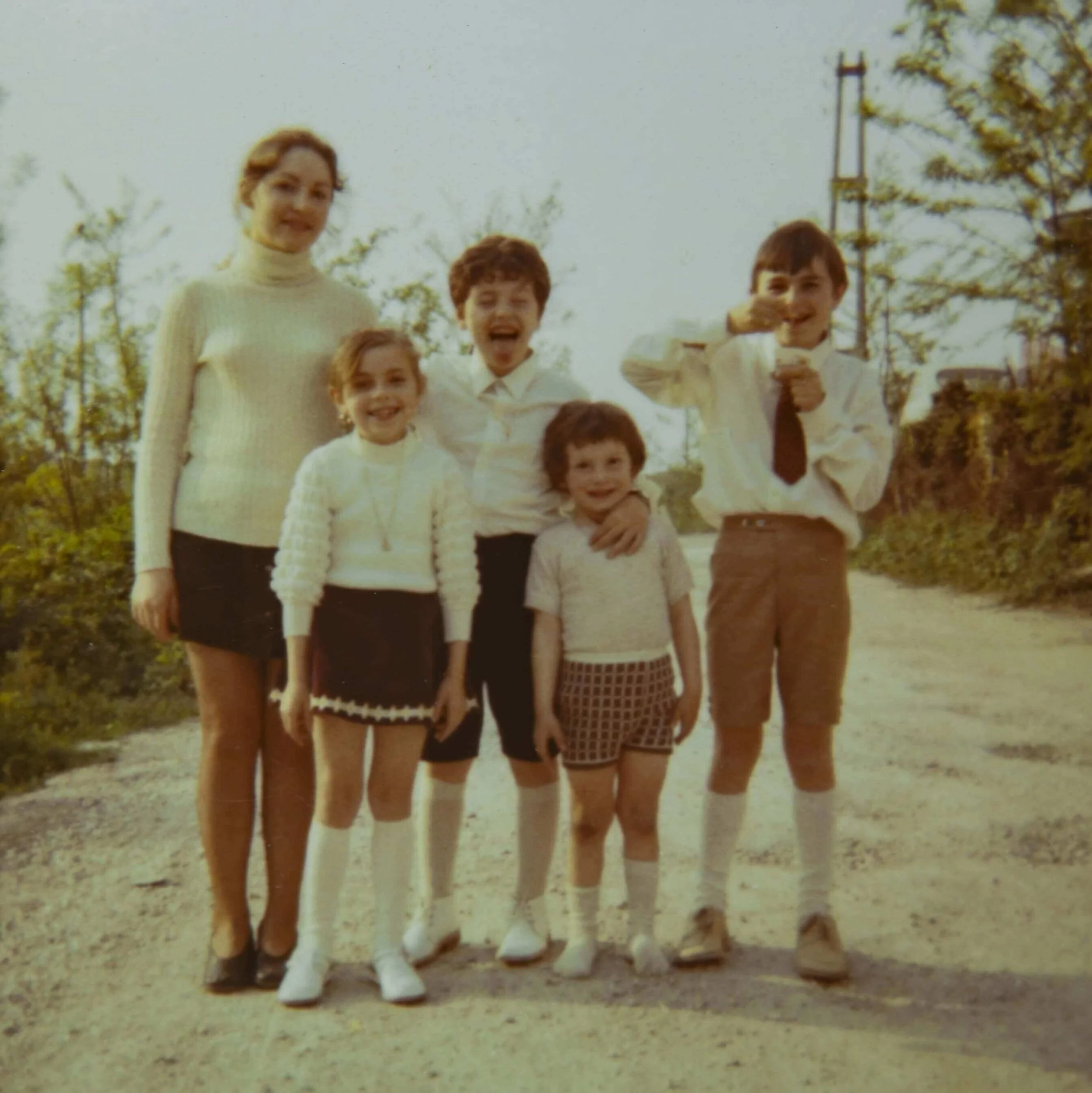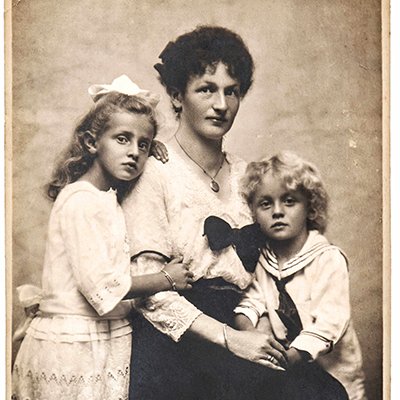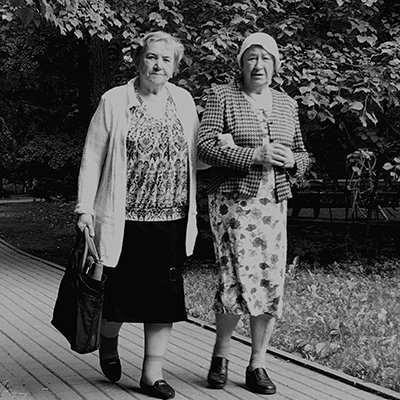Simple Guide to Reading a Family Relationship Chart
Curious how a great-great-aunt connects to your grandfather’s cousin? A family relationship chart holds the answer. Whether you're tracing roots back to Ellis Island or beyond the Mayflower, understanding these charts is key. They show how people in your family tree are connected across generations, but the terms can get confusing.
That’s where this guide comes in. We’ll walk you through the basics of reading a family relationship tree, spotting common errors, and knowing when to bring in an expert. If you're looking to uncover your heritage with clarity, Sapling Family, led by genealogist Dr. Bradley (35+ years of experience, global client base), offers the precision and support you need.
What Is a Family Relationship Chart?
A family relationship chart also known as a genealogy relationship chart, shows how people in a family connect across generations. You’ll often see it as a grid or diagram that helps identify relationships like “second cousin once removed” or “maternal great-uncle.”
These trees help clarify how people relate to one another, especially when building out a family relation tree or comparing two individuals within a shared lineage.
Many beginner genealogists assume everyone in the same generation is a cousin. But with intermarriages, adoptions, and blended families, the chart helps you make accurate connections.
How to Read a Relationship Chart
Pick a starting person: Usually yourself or the person you're researching.
Move horizontally to find the relationship's generation.
Move vertically to track the other person’s generation.
Where the rows and columns meet, that’s your relationship.
For example: If your grandmother's sister's child is your person of interest, you’d track up to your grandmother’s generation, over to her sister, then down to the child. That’s your first cousin once removed.
Keep these tips in mind:
"Removed" means different generations.
“First,” “second,” etc., refers to how many generations back the common ancestor sits.
Use a printed ancestry lineage alongside the relationship chart for clarity.
Common Challenges
Even well-intentioned researchers hit roadblocks. Here’s where mistakes often happen:
Confusing cousin levels and “removed” status
Misinterpreting lineage from stepfamilies or half-siblings
Overlooking maternal surname changes
Relying on memory rather than documented records
These issues grow when researching immigrant families, enslaved ancestors, or communities with limited records. The right lineage helps, but accurate interpretation demands context.
Why Sapling Family Gets It Right
Reading a relation chart of members isn’t enough. Understanding your family story requires expertise, cultural awareness, and sharp research skills. That’s what Sapling delivers.
Customized research across diverse ethnic and cultural backgrounds
Detailed lineage relation trees with clear sourcing and citation
Privacy-first practices that protect your data
Flexible packages, from one-time charts to full archival research
Whether you're new to genealogy or have hit a wall, Sapling offers clarity and depth you won’t get from DIY tools.
Get Expert Help When the Chart Isn’t Enough
A genealogy relationship lineage is a powerful tool, but it’s only one piece of your ancestry puzzle.
When the path grows unclear and questions multiply, it helps to have a partner who knows where to look. Sapling Family doesn't just read charts. We decode the story behind every connection.
Conclusion
Reading a family relationship chart is the first step. Working with Sapling ensures every step after that is accurate, meaningful, and expertly guided.
FAQs
Q1: How do I use the chart to figure out cousin relationships?
Find your link to the common ancestor (count generations).
Do the same for the other person.
The intersection on the chart shows the degree (e.g., second cousin once removed).
Q2: How far back can these charts trace?
A: Typical ancestry tree traces five to seven generations reliably (especially with autosomal DNA). Y‑DNA or mitochondrial DNA testing can sometimes go back further.
Q3: Why are these charts helpful for DNA matches?
A: DNA match tools often estimate relationship (e.g. by centimorgans). A relationship tree helps you identify matches in your family tree and verify your exact kinship.







